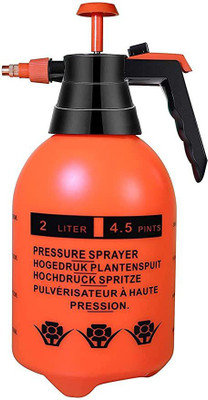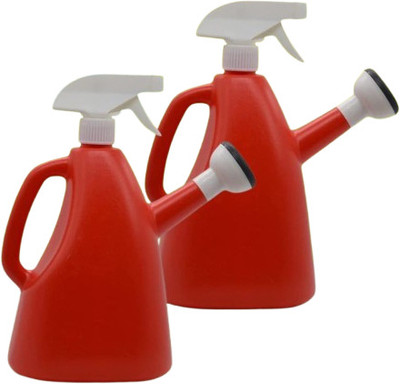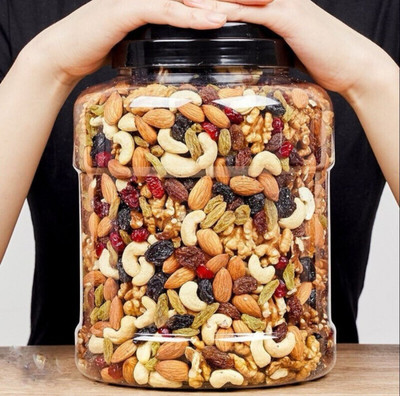

G.O.A.T Sale ends in21 hrs : 37 mins : 51 secs
VibeX Ornamental Grass Seed (50 per packet)
Share
VibeX Ornamental Grass Seed (50 per packet)
Be the first to Review this product
Special price
₹173
₹597
71% off
Available offers
T&C
T&C
T&C
T&C
Delivery
Check
Enter pincode
Delivery by20 Jul, Sunday
?
if ordered before 2:59 AM
View Details
Highlights
- Seed Type: Flower
- Suitable For: Indoor, Outdoor
- Organic Plant Seed
- Seed For: Ornamental Grass
- Flowering Plant
- Quantity: 50 per packet
Services
- Cash on Delivery available?
Seller
Description
Gorgeous annual ornamental grass Long, slender, rich burgundy leaves.Long, slender, rich burgundy leaves. Smoky pink foxtails shimmer in the slightest breeze. Satisfying in both tubs and garden beds from spring through frost..How to Sow and Plant
Pennisetum may be grown from potted plants.
Planting in the Garden:
Select a location in full sun with a rich, well-drained soil.
Prepare the bed by turning the soil under to a depth of 6-12, inches removing any debris, and lightly raking as level as possible.
The addition of organic matter (leaf mold, compost, well-rotted manure) benefits all gardens and is essential in recently constructed neighborhoods.
Plant on a cloudy day or in late afternoon to reduce transplant shock.
Dig a hole for each plant, approximately 12-14 inches apart large enough to amply accommodate the root ball.
Unpot the plant and gently loosen the root ball with your hands to encourage good root growth.
Place the top of the root ball even with the level of the surrounding soil. Fill with soil to the top of the root ball. Press soil down firmly with your hand.
Use the plant tag as a location marker.
Water well.
Keep weeds under control during the growing season. Weeds compete with plants for water, space and nutrients, so control them by either cultivating often or use a mulch to prevent their seeds from germinating.
Mulches also help retain soil moisture and maintain even soil temperatures. For annuals an organic mulch of shredded leaves lends a natural look to the bed and will improve the soil as it breaks down in time. Always keep mulches off a plant’s stems to prevent possible rot.
Plants need about 1 inch of rain per week during the growing season. Use a rain gauge to check to see if you need to add water. It's best to water with a drip or trickle system that delivers water at low pressure at the soil level. If you water with overhead sprinklers, water early in the day so the foliage has time to dry off before evening, to minimize disease problems. Keep the soil moist but not saturated.
Until plants become established, some protection from extreme winds and direct, hot sunlight may be necessary. Good air movement is also important.
After new growth appears, a light fertilizer may be applied. Keep granular fertilizers away from the plant crown and foliage to avoid burn injury. Use low rates of a slow release fertilizer, as higher rates may encourage root rots.
Remove spent flower heads to keep plants flowering until fall.
Monitor for pests and diseases. Check with your local Cooperative Extension Service for pest controls recommended for your area.
Pennisetum is low-maintenance once established.
Cut seed heads for dried flower arrangements.
Remove plants after they are killed by frost in fall to avoid disease issues the following year, or you can also cut plants back and bring them inside for the winter to be planted again in spring.
Read More
Specifications
In The Box
|
General
| Brand |
|
| Model Name |
|
| Quantity |
|
| Common Name |
|
| Flowering Plant |
|
| Suitable For |
|
| Type of Seed |
|
| Organic |
|
| Scientific Name |
|
| Uses |
|
| Net Quantity |
|
Be the first to ask about this product
Safe and Secure Payments.Easy returns.100% Authentic products.
Back to top










